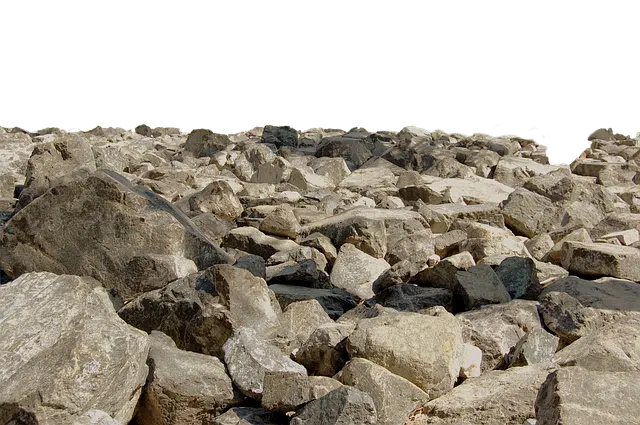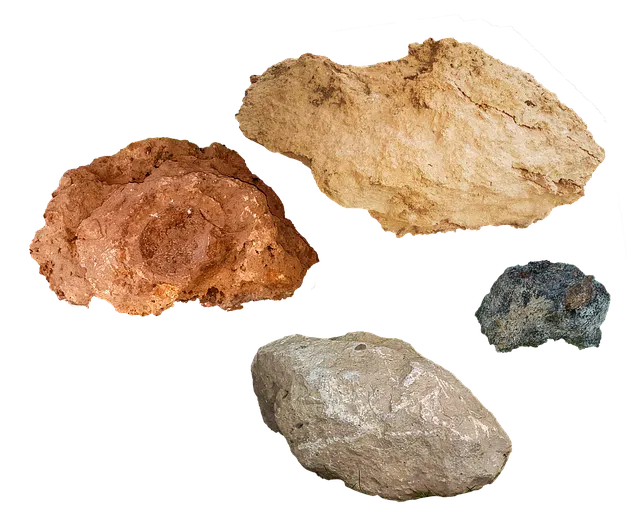
Igneous rocks develop when magna solidifies.
The stone of great solidity, formed by one or more minerals, is called rock . Igneous , on the other hand, is that related to fire .
Igneous rocks are rocks that are created from the cooling and solidification of magma . This substance, formed by molten rocks and other elements, is found inside the planet.
This means that igneous rocks have their origin in the molten mass found within the Earth . When the magma cools and solidifies, igneous rocks emerge.
Intrusive and extrusive igneous rocks
When cooling develops slowly below the surface, intrusive igneous rocks are generated. On the other hand, if the cooling takes place superficially and rapidly, extrusive igneous rocks are produced.
Intrusive igneous rocks, such as porphyry and granite , are also known as plutonic rocks . These rocks can be seen when erosion causes outcropping to occur and the Earth's crust rises.
On the other hand, extrusive igneous rocks or volcanic rocks , among which are obsidian and basalt , usually appear after the eruption of a volcano , as the ejected lava solidifies.
We can also determine that volcanic igneous rocks can be classified into three fundamental types: holocrystalline rocks, which have 100% crystals; the hypolians, which mix glass and crystals; and hololian ones, which are made entirely of glass.

There are different types of igneous rocks.
Some features
In addition to the data provided so far about these igneous rocks, we have to present other equally important data that demonstrate the value and characteristics that they possess:
-They can not only be divided into plutonic and volcanic. There is a third type that includes the so-called veins, which are those that arise when magmas crystallize inside cracks in which the temperatures and pressures are neither so high nor so low. In this group, therefore, pegmatites and porphyries would be found.
-They are basically made up of silicates.
-Depending on the levels of silica they have, they can be divided into three large groups: the basic ones, such as basalt and gabbro; the intermediate ones, such as andesite and diorites; and acidic ones, such as granite and rhyolite.
-There are various theories or ideas on how the classification and categorization of the igneous rocks that concern us now should be carried out. Specifically, one of the most widespread is the one that aims to determine the aforementioned classification based on two fundamental criteria: the abundance of chemical elements, based on the TAS system or diagram, and the abundance of the main mineral species.
Preponderances of igneous rocks
Experts estimate that almost 95% of the surface of the Earth's crust is made up of igneous rocks.
These rocks, however, are hidden beneath a layer of metamorphic rocks and sedimentary rocks . According to the chemical composition and texture, as we already saw, it is possible to differentiate between different types of igneous rocks.
